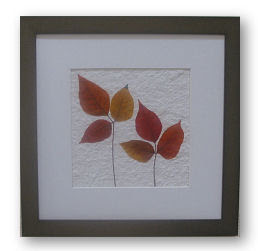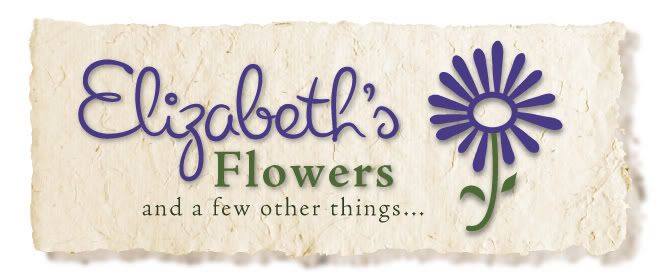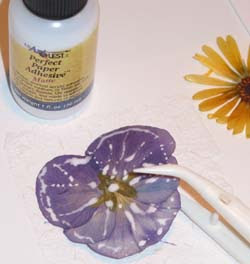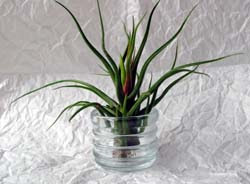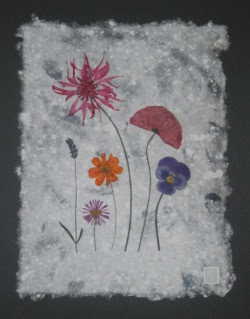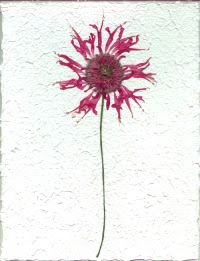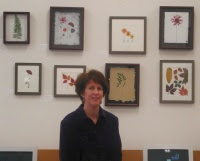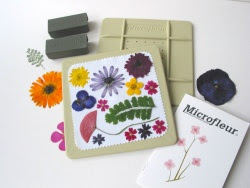
Here's the completion of my online interview with Jennie Beecroft, the designer and manufacturer of the
Microfleur microwave flower press.
Today's responses are especially interesting from a "home business" point of view, as we get to see how Jennie ran with her passion and took her idea (along with and her husbands design) and marketed it into a product with international appeal and demand.
Elizabeth: How did the creation of the Microfleur come about? How did the conception of your idea turn into an internationally sold product? Were there hurdles you had to overcome?
Jennie: On our return to Australia we were looking at whether we would buy a business or join the work force. As I mentioned earlier Bob (my husband) designed Microfleur for me so we eventually decided to market it. After at least 6 months of research and testing we came up with the product you see today. We also needed a name - micro (for microwave) and fleur (French for flower) was the final choice. Then came the logo, User guide, packaging, etc. Originally we only had the small press and we launched it at a large Craft Fair in early 1995. Luckily Microfleur was one of the few items to be shown on local television the first night of the show, and the rest, as they say, is history. During the year we had so many requests for a larger Microfleur that we launched the MAX early in 1996.
Friends of ours had visitors staying from USA who were very taken with Microfleur and asked to be our USA distributors - as we were novices in the international scene and felt comfortable with these people we agreed and early in 1996 went to our first HIA show in Las Vegas.
Getting into the European market was a lot harder - we attended several trade shows in Europe and England as well as retail shows in England. The demand was there but getting the European supplier to take on a product from Australia was quite difficult. We found we needed to attend the shows for at least 3 years before we were taken seriously. I guess we had to prove we were there for the long term and able to sustain exhibiting at the shows.
We also had to have the guide translated into the many European languages and get interpreters to help out on the stand.
When we first started we were working out of one side of our garage and Bob and I doing most of the assembly by hand. As we grew we moved into a rented factory and Bob designed box folders and felt slicers (so we could get the correct thickness of felt) and we needed to hire a casual to help with the packaging.
Also, we had found that most of our retails buyers were first time flower pressers and wanted to know how or what to use their flowers on - so I wrote the Project book which has helped to sell the press.
Elizabeth: Are there any innovations to the Microfleur or other pressed flower products in the works?
Jennie: No not at this stage, we have looked at specific glues and sealers but there are so many on the market, now, that do the job that it seemed unnecessary.
Elizabeth: Any parting comments?
Jennie: I guess I would suggest that people try anything and everything. And I am often amazed at the uses customers come up with, and some of the designs and pictures are beautiful.
Thanks again for sharing with us Jennie! Your story is an interesting one.
If you are interested in learning more about using the Microfleur, here is a tutorial on
How to press Crocus flowers in the microfleur.
Labels: home micro business, microfleur
